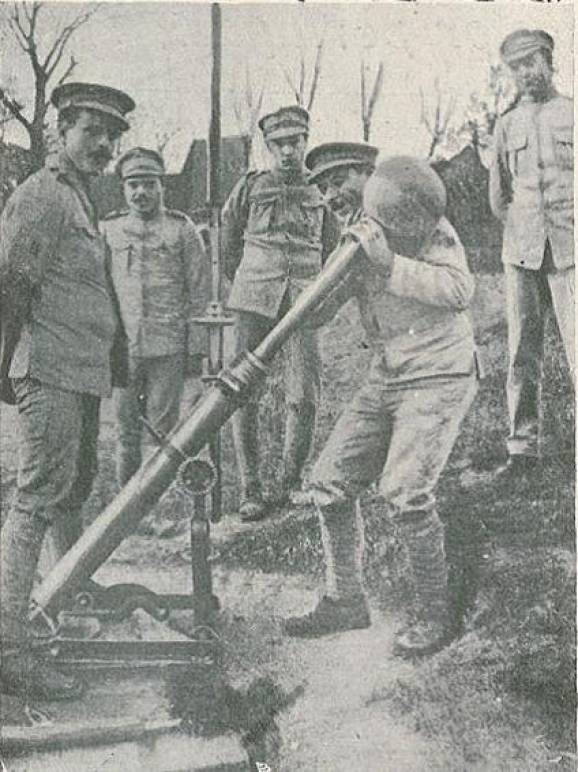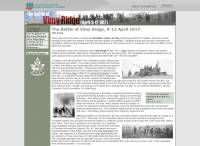The trench zone included a first line of surveillance and combat, protected by a series of networks of iron wire and other obstacles. The front was reinforced by groups of shooters, grenadiers and light machine guns, as well as personnel in charge of sounding the gas alarm and handling stretchers.
The B-Line, or second line, was occupied by the backing troops. The heavy machine guns and mortars, the shelters of the command of the company, the kitchens and the telephone were located here.
400 or 600 meters away stood the 3rd line, consisting of a series of shelters for the commanders and the reserves of the battalion. As a rule, each battalion had three companies at the front, and one in charge of repairs, which was stationed here.
The infantry troops, buried in mud, used their time in surveillance and cleaning chores, while progress was slow, under the protection of artillery, during the assaults to enemy trenches. The weapons were pointed to the emptiness of the night.
Digging, draining, digging again, ensuring the maintenance of the lines of communication, such was the routine in the trenches.
The sentinels remained standing, observing through the periscope. At night one would patrol along the trench, trying to make out any advances of the enemy. There was no support from the rear.
Attacks of small groups, collective assaults to enemy trenches contrasted with the fighting in the skies, where artillery and aviation waved an unequal struggle.
At midnight, rum was distributed.
A company served on average six days in the trenches, before being replaced by another company of the same battalion.







Comments